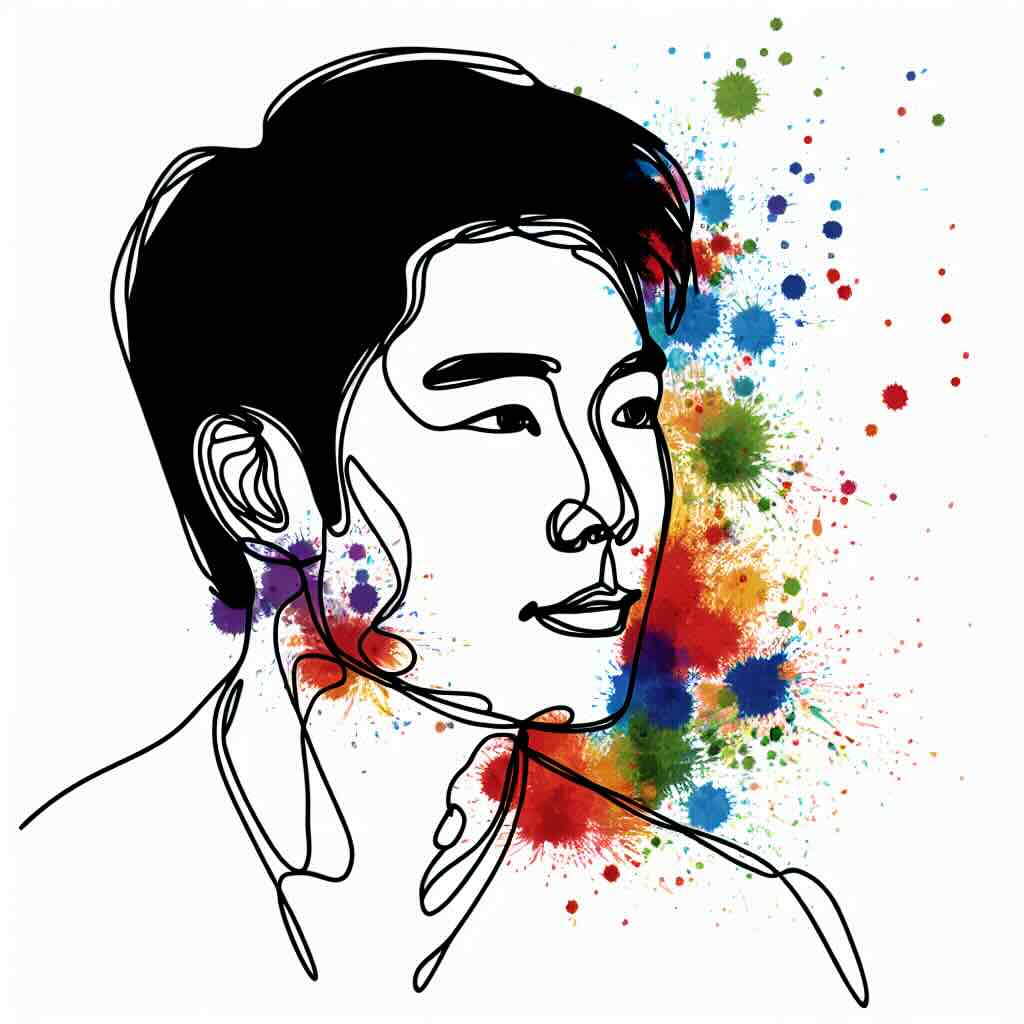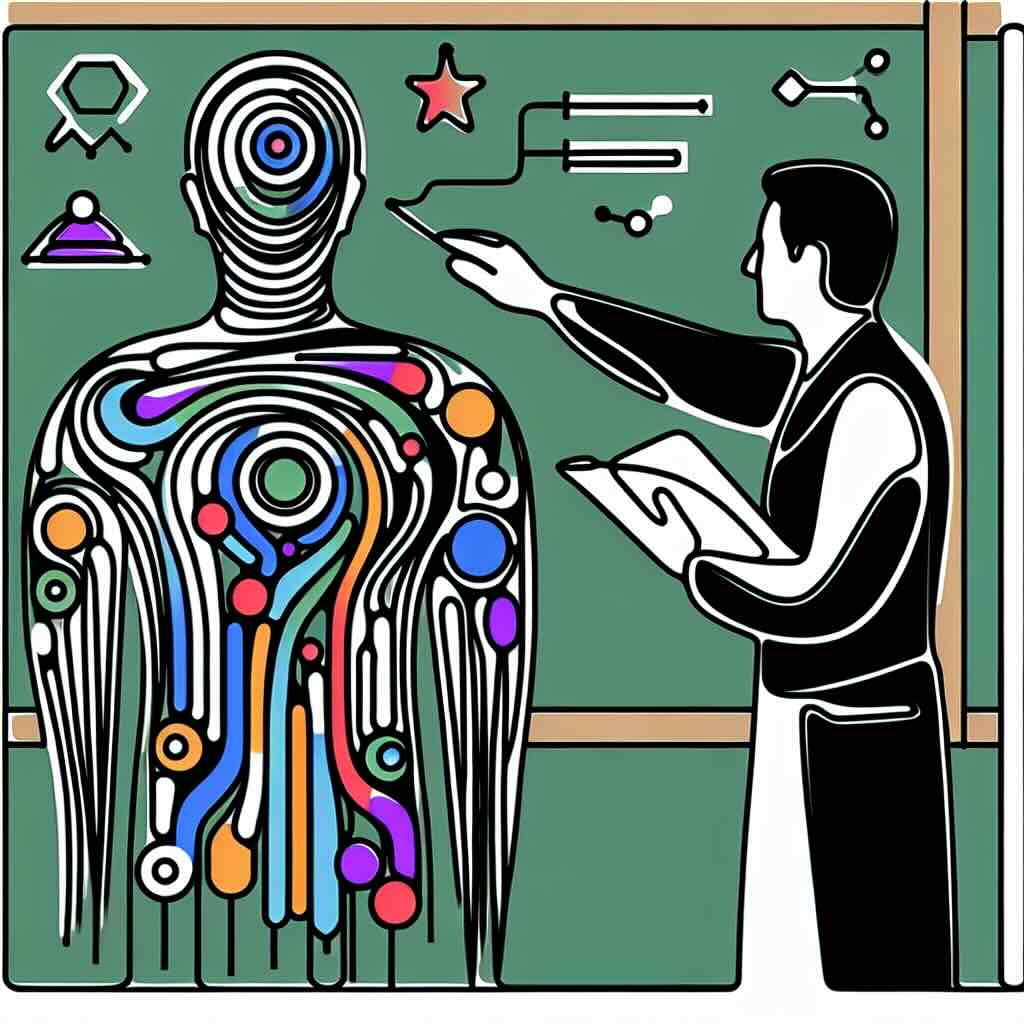Collaboration has always been a demanding but vital skill in both education and work. With AI entering the picture, we’re now adapting to a new kind of partnership; one that offers speed, consistency and insight, but lacks human nuance. To make the most of this, we need to rethink our collaborative habits and design environments where AI supports, rather than replaces, meaningful teamwork.
Table of contents
- Introduction
- Why collaboration is hard
- The arrival of a new collaborator: AI
- The 1-to-1 paradox
- Is AI really collaborative?
- Benefits of human-AI collaboration
- Challenges of human-AI collaboration
- What it means for educators and learning designers
- One thing you can try today
- Conclusion
- Related topics
Introduction
Collaboration has always been a cornerstone of education and work, as well as one of the greatest challenges. Whether in a group project at university or a cross-functional team at work, collaboration relies on people with different strengths, roles and responsibilities coming together to produce something greater than the sum of its parts. It demands not only knowledge and skill but emotional intelligence, trust, and patience. It also depends on everyone contributing, which we all know, doesn't always happen equally!
Now, with the integration of artificial intelligence (AI) into our daily tools, we’re entering a new era of collaboration. AI isn’t just automating tasks, it’s fast becoming a partner in how we think, write, analyse and produce. But this shift raises an important question: what does collaboration look like when one of the team members isn’t human?
Why collaboration is so hard
At its core, collaboration is complex. It’s not just about working together, it’s about doing so effectively, across differences in knowledge, priorities, working styles and communication preferences. True collaboration requires negotiation, compromise and mutual accountability.
In education, students experience this in group assignments, seminars and lab sessions. Some thrive, others struggle, and not always because of their academic ability. In the workplace, collaboration can span departments, time zones and disciplines. It’s rarely linear, and often involves navigating ambiguity, deadlines, and diverging views or team priorities.
Put simply, collaboration is hard because people are complex.
The arrival of a new collaborator: AI
With the rise of generative AI tools like ChatGPT, Claude and Gemini, and their integration into platforms like Google Docs, Microsoft 365, and whiteboard tools, we’re seeing the emergence of a new kind of collaborator. AI is fast, knowledgeable, tireless and responsive. It can summarise, rephrase, critique, generate, translate and organise information. And, unlike our human collaborators, AI is instant and provides contributions on demand.
Unlike human partners, it doesn’t need a break. It doesn’t argue or lose motivation. For many, it’s the ideal teammate: always ready, always helpful, always objective, mostly correct...
But here’s the catch: AI isn’t sentient. It doesn’t understand group dynamics or shared goals. It doesn’t care about deadlines, disagreements or creative differences. It simply responds to what it’s asked, and this is where it shows both its strengths and limitations.
The 1-to-1 paradox
Even as AI becomes embedded in collaborative platforms, most interactions with it remain private and individual. A student may use it to draft ideas before bringing them to a seminar. A designer may ask it to critique a layout before presenting it to their team. A project manager may ask for a summary of meeting notes before sending them out.
Even when AI exists within collaborative spaces, like shared documents or boards, it often serves the person who engages with it - not the group as a whole. In tools like Coursensu, AI can act as an insightful partner during course design, yet most still use it in an individually driven way.
This creates a paradox: AI is part of the collaborative space, but rarely of the collaboration itself.
Is AI really collaborative?
That depends on how we define collaboration. If it means shared input toward a common goal, AI can certainly assist. It can suggest directions, highlight inconsistencies, and act as a sounding board. But it doesn’t co-own decisions or understand interpersonal dynamics.
True collaboration involves shared meaning-making, something AI cannot do. But AI does enhance collaboration by accelerating people's routine work, supporting their ideation and offering a consistent “second opinion”.
In that sense, it’s less of a team member, and more of a personal thinking tool. Still, its presence is changing how collaboration happens, and what we expect from ourselves, and our fellow human partners.
Benefits of human–AI collaboration
- Increased productivity: AI can take on routine, repetitive or lower-level tasks. This frees up time for deeper thinking and creativity. A team can iterate faster and produce more in less time.
- Consistent quality: AI can spot gaps, typos, structural issues and inconsistencies. This is especially useful when reviewing documents, assessments or designs.
- Greater autonomy: Individuals can do more independently before rejoining their team. For educators and learning designers, this means more prepared contributions and less friction in the design process.
Challenges of human–AI collaboration
- Verifiability: How do we know the AI’s input is accurate? Without critical review, teams risk accepting flawed or shallow ideas that appear confident but lack rigour.
- Isolation: With AI as a reliable sounding board, people might reduce their engagement with others. This is especially true if group collaboration is seen as slow or frustrating.
- Skill development: Learners and professionals alike risk missing out on key collaboration skills, for example negotiation, active listening and consensus-building, these can be omitted if they rely too heavily on AI.
What this means for educators and learning designers?
For educators and learning designers, this shift brings both opportunity and responsibility. It’s time to model how to collaborate with AI, not just use it individually.
This could include:
- Designing activities that explicitly incorporate AI support
- Setting boundaries for when and how AI can be used
- Encouraging teams to compare AI outputs with their own thinking
- Reflecting on the experience of using AI in group settings
In course design, Coursensu includes collaborative AI features that can act as a “thinking partner” during planning, offering ideas, feedback and critique that can be shared and reflected upon with peers.
AI is now part of our design and learning ecosystems. The question is not whether to use it, but how to use it well, and how we use it together. This is an emerging area and one where you'll see many expert opinions, some of whom will be correct, and some which wont be!
One thing you can try today
Take an upcoming group project or course design activity, and deliberately select a role that can be performed by AI. This could be using it to generate content or activity ideas, rewriting learning outcomes, reviewing content structure or providing learner feedback simulations. Then discuss as a team how this input influenced your shared thinking, and how it might shift your collaborative process in future.
Conclusion
Collaboration is evolving. While it remains a fundamentally human process, AI is now part of the team, not as a person, but as a supporting role. By recognising its strengths and limitations, and by consciously integrating it into collaborative work, we can redefine how we work, learn and create together. The age of AI-enhanced collaboration is here and we can use this opportunity to reflect on not only our tools, but our relationships with each other.







